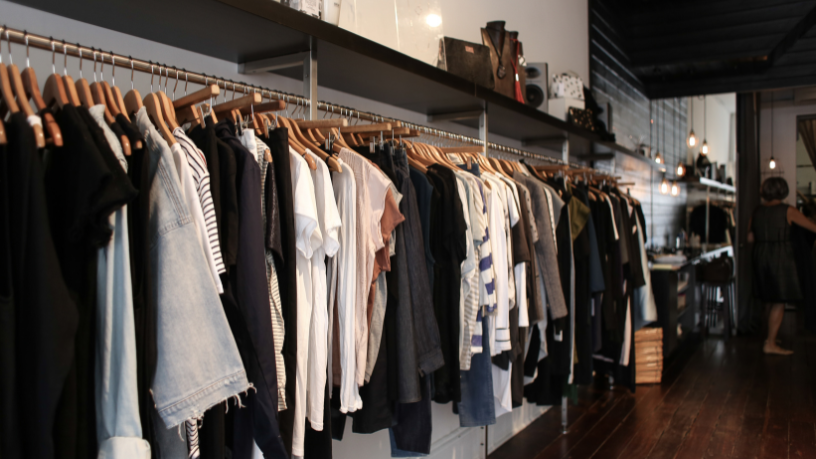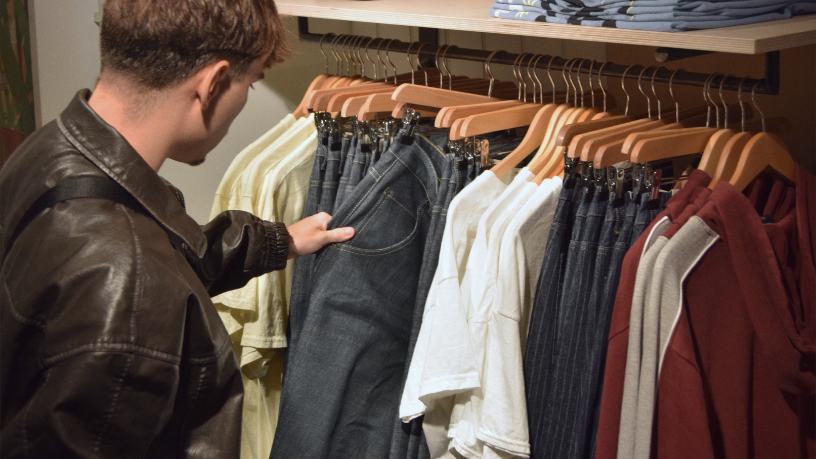As enthusiast Admar de Carvalho Martins highlights, fashion is a form of cultural expression that constantly evolves, reflecting society’s values and concerns. In recent years, the focus on sustainability and the appreciation of cultural identities have gained prominence, driving a significant shift in the industry. Ethical fashion and cultural diversity have become fundamental pillars of current trends, promoting more conscious and respectful consumption.
How does ethical fashion influence global trends?
As Admar de Carvalho Martins explains, with globalization and technological advancements, designers and brands have been seeking new ways to integrate sustainable practices while valuing cultural traditions. This movement not only contributes to reducing environmental impact but also strengthens the recognition of historically marginalized communities, fostering a more inclusive and responsible market.
Ethical fashion is based on sustainable practices and the appreciation of human labor, aiming to minimize negative impacts on both the environment and society. Brands that adopt this approach invest in eco-friendly materials, ensure fair working conditions, and avoid resource waste. This commitment has influenced global trends, encouraging consumers to choose more responsible products.

How is cultural diversity reflected in contemporary fashion?
The growing awareness of the fashion industry’s impact has led major brands to rethink their production processes. The rise of the “slow fashion” concept has challenged the traditional large-scale production model, promoting garment durability and encouraging practices of reuse and recycling. Cultural diversity has become an inexhaustible source of inspiration for designers worldwide.
As Admar de Carvalho Martins states, prints, artisanal techniques, and symbols from different cultures are frequently incorporated into collections, enriching the fashion landscape with a variety of influences. This appreciation of cultural identity allows historically underrepresented groups to gain greater visibility in the market. However, cultural appropriation remains a challenge to be addressed.
What are the challenges and benefits of merging ethical fashion with cultural diversity?
As Admar de Carvalho Martins emphasizes, integrating ethical fashion and cultural diversity requires a genuine commitment from brands to transparent and responsible practices. One of the main challenges is ensuring that the recognition of cultural traditions happens respectfully and without undue commercial exploitation. Additionally, sustainable production often involves higher costs, which can make these products less accessible to a broader audience.
On the other hand, the benefits of this movement are countless. The appreciation of traditional techniques helps preserve ancestral knowledge, boosts local economies, and strengthens the identity of different communities. Furthermore, consumers become more aware of the impact of their choices, encouraging a more responsible and balanced market.
Admar de Carvalho Martins concludes that ethical fashion and cultural diversity go hand in hand in building a more sustainable and inclusive future. For this transformation to continue progressing, it is essential that both brands and consumers seek more information about the origins of products and the impact of the fashion industry. Investing in sustainable pieces and supporting cultural initiatives are key steps to ensuring that fashion evolves in an ethical, respectful, and innovative way.







